Stair Railing Compound Miter
userbob
14 years ago
Related Stories
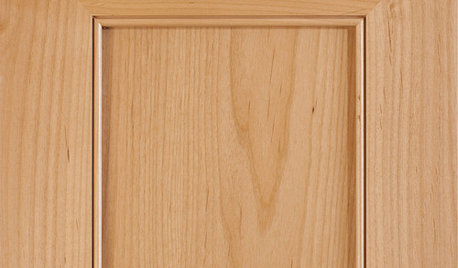
DESIGN DICTIONARYMiter
A miter cuts right to the point with beveled edges on moldings, cabinet doors and more
Full Story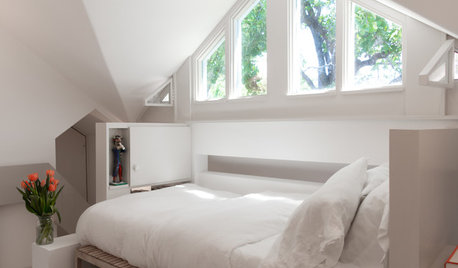
SMALL SPACESSmall-Space Ideas Unfold in Origami-Like Cube Loft
A redesigned studio in the Charles Moore–Arthur Andersson architectural compound in Austin, Texas, makes the most of its snug size
Full Story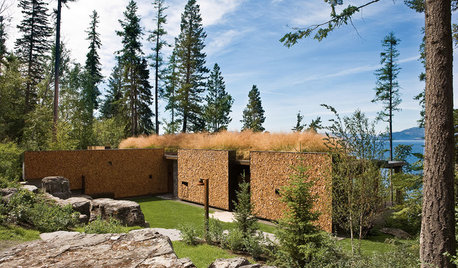
MODERN HOMESHouzz Tour: A Modern Take on a Montana Log House
Multiple buildings form a vacation compound that's more like environmental art than architecture
Full Story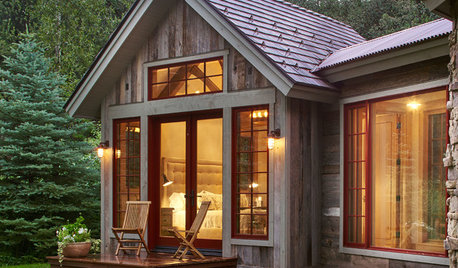
GUESTHOUSESHouzz Tour: A River (Almost) Runs Through It in Aspen
This guesthouse on a family compound has rustic charm, modern touches and dramatic river views
Full Story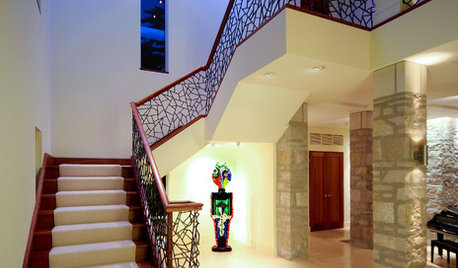
STAIRWAYSHow to Get Your Stair Runners Right
Add peace and quiet, beauty (and safety) with a pretty carpet on the stairs
Full Story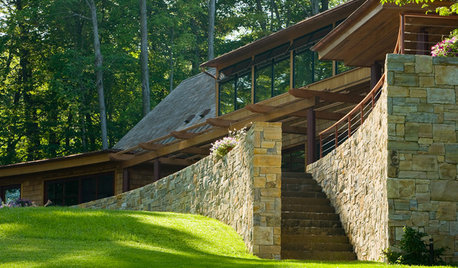
CONTEMPORARY HOMESHouzz Tour: 2 Wings for 3 Generations on a Vermont Lake
An extended family enjoys a spacious waterfront home influenced by farmhouses and Japanese architecture
Full Story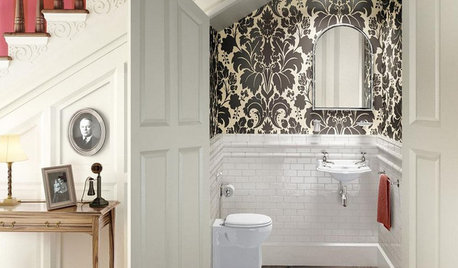
BATHROOM DESIGN8 Clever and Creative Ways With Small Bathrooms
Take the focus off size with a mural, an alternative layout, bold wall coverings and other eye-catching design details
Full Story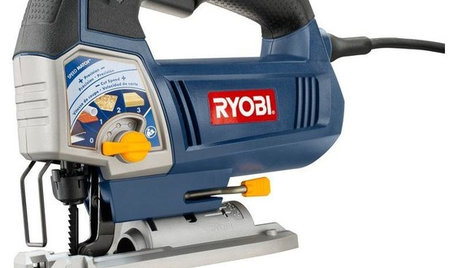
PRODUCT PICKSGuest Picks: Indispensable Tools for DIYers
Build your tool arsenal with these, and you’ll have the right equipment for any home project you take on
Full Story
KITCHEN CABINETSKitchen Cabinet Color: Should You Paint or Stain?
Learn about durability, looks, cost and more for wooden cabinet finishes to make the right choice for your kitchen
Full Story
GARDENING AND LANDSCAPINGChoosing a Deck: Plastic or Wood?
Get the pros and cons of wood, plastic, composite and more decking materials, plus a basic price comparison
Full StorySponsored
Custom Craftsmanship & Construction Solutions in Franklin County
More Discussions









sombreuil_mongrel
userbobOriginal Author
Related Professionals
Casas Adobes Cabinets & Cabinetry · Crestline Cabinets & Cabinetry · Arlington Carpenters · Ferndale Carpenters · Mountain Home Carpenters · Parsippany Carpenters · Sunnyvale Carpenters · Federal Way Flooring Contractors · Georgetown Flooring Contractors · Gilroy Flooring Contractors · Kingston Flooring Contractors · Kirkwood Flooring Contractors · Mount Vernon Flooring Contractors · Suitland Flooring Contractors · Discovery Bay Furniture & Accessoriessombreuil_mongrel
userbobOriginal Author